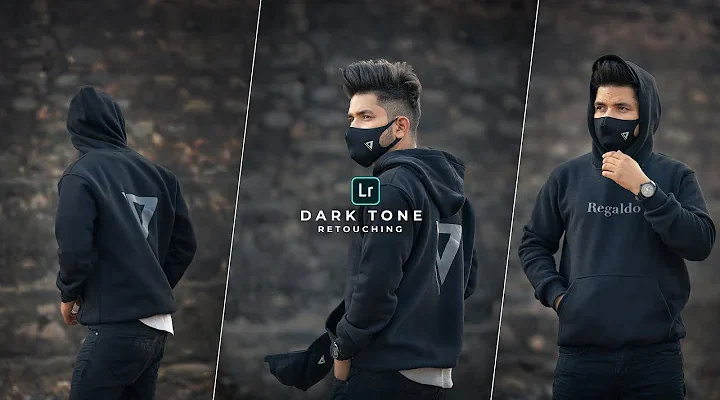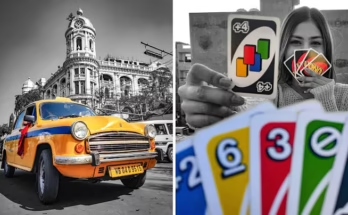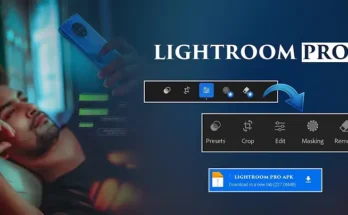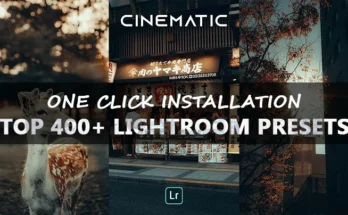In the realm of digital photography, the artistry of editing is as pivotal as the act of capturing the image itself. Among the myriad techniques available, one stands apart for its ability to transform the mundane into the extraordinary—Dark Tone Effect Photo Editing. This method elevates photographs to mesmerizing masterpieces, emphasizing profound shadows, sharp contrasts, and subdued highlights. Widely embraced by professionals and creatives alike, this approach infuses images with depth, mood, and an air of sophistication.
This comprehensive guide delves into the essence of Dark Tone Effect Photo Editing, unraveling its distinctive features, applications, and its nuanced advantages and limitations.
The Essence of Dark Tone Effect Photo Editing
Dark Tone Photo Editing is an advanced technique that enriches an image by accentuating shadowy depths, tempering luminous highlights, and amplifying contrast to produce a cinematic, moody allure. This editing approach is particularly prominent in fashion shoots, fine art compositions, landscape photography, and curated social media content, delivering an emotional resonance that captivates viewers.
Defining Characteristics of Dark Tone Editing:
- Amplified Shadows: Brings forth dimensional depth and visual intrigue.
- Muted Highlights: Softens bright elements for a harmonious aesthetic.
- Color Grading: Employs cooler, desaturated hues for a cohesive and somber ambiance.
- Heightened Contrast: Directs attention to pivotal components within the image.
The Unparalleled Specialty of Dark Tone Editing
What makes Dark Tone Effect Photo Editing truly distinctive is its power to evoke emotions and narrate stories through visual artistry. Below are its key specialties:
- Evoking Atmosphere:
This style excels in crafting a mood—be it enigmatic, romantic, or dramatic. - Timelessness in Imagery:
By bestowing a classic aura, this effect renders photos suitable for galleries or luxury portfolios. - Enhanced Subject Focus:
By stripping away distractions, this method ensures unerring attention on the photograph’s nucleus. - Adaptable Aesthetic:
Ranging from gothic to cinematic expressions, this technique offers boundless customization.
Applications Across Creative Fields
Dark Tone Effect transcends genres, finding a home in numerous creative and professional spheres. Here are some of its prevalent applications:
| Domain | Usage |
|---|---|
| Fashion Photography | Achieves avant-garde, editorial allure through bold contrasts. |
| Fine Art | Instills timeless elegance into both portraits and landscapes. |
| Social Media | Enhances feeds with polished, cohesive imagery. |
| Event Photography | Captures the ambiance of ceremonies, concerts, and intimate gatherings. |
| Commercial Use | Creates sleek and modern visual statements for advertising campaigns. |
The Central Theme: Storytelling Through Shadows
The heart of Dark Tone Effect lies in its storytelling prowess. This editing approach is not merely about crafting visually appealing images; it is an art form that imbues photographs with profound narrative depth. The interplay of shadow and light breathes life into static frames, turning them into vivid tales.
Thematic Highlights:
- Mystery and Suspense: Ideal for cinematic or noir-style visuals.
- Sophistication: Perfect for high-end fashion or luxury brand photography.
- Nostalgia: Subdued tones evoke a wistful connection to the past.
Pros and Cons of Dark Tone Effect Editing
Advantages:
- Introduces an arresting and dramatic aesthetic.
- Amplifies emotional storytelling within the image.
- Offers flexibility for various stylistic interpretations.
- Focuses attention on the subject by removing extraneous distractions.
- Suits diverse genres, from portraits to landscapes.
Disadvantages:
- May clash with themes requiring vibrancy and cheer.
- Excessive application risks producing unnatural, overly shadowed images.
- Demands proficiency in editing tools for optimum results.
- Can obscure intricate details if not handled judiciously.
- Overuse may impart an overly somber tone.
Conclusion
Dark Tone Effect Photo Editing stands as a testament to the transformative power of digital artistry. It grants photographers and editors the tools to evoke atmosphere, depth, and narrative emotion. However, like all art forms, it requires restraint and mastery to achieve its full potential. From fashion to fine art and beyond, this technique offers boundless opportunities for creative exploration. Whether you are a seasoned professional or a budding enthusiast, embracing the Dark Tone Effect can elevate your photographic endeavors.
FAQs: Dark Tone Effect Editing
- What is Dark Tone Effect Editing?
A method of enhancing shadows, tempering highlights, and boosting contrast to produce evocative and dramatic imagery. - What tools are best for this style?
Adobe Photoshop, Lightroom, and mobile apps like Snapseed are ideal for achieving this effect. - Is this technique beginner-friendly?
Yes, most editing platforms offer intuitive presets to simplify the process for novices. - Which photography genres suit this effect?
It is particularly effective for portraits, fashion, fine art, and landscape photography. - How can I avoid over-editing?
Strive for subtlety, balancing shadow and highlight adjustments to maintain a natural yet striking look.




